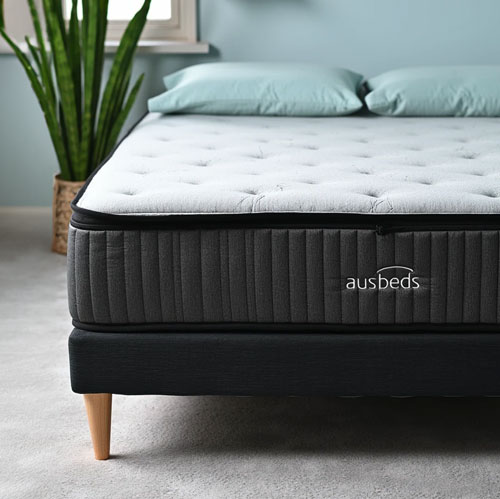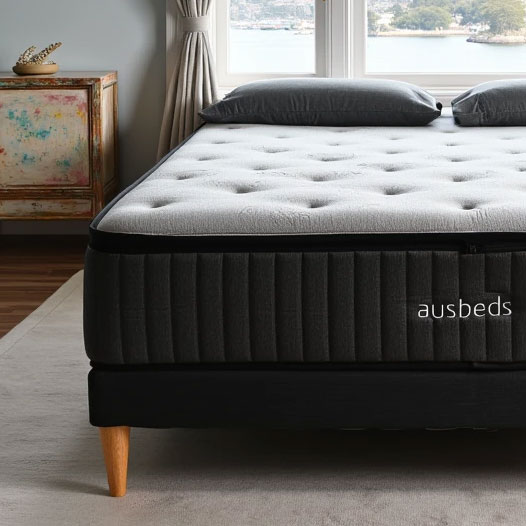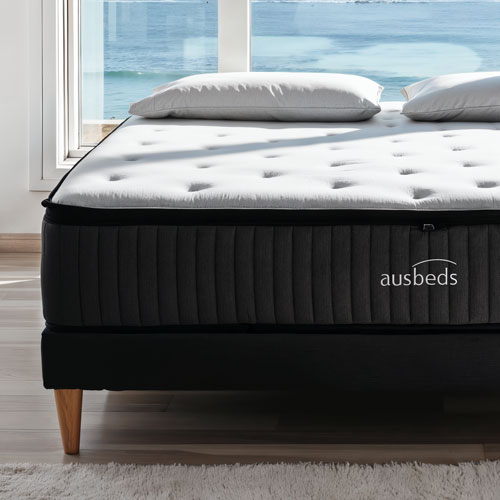People ask questions on forums, and I answer them off the top of my head.
Feel free to comment, as I’m always invite discussion and I’ll always reply 🙂 Karl, owner at ausbeds
Whirlpool forum question – Anyone purchased the Origin Hybrid Pro & can recommend?
Karls answer – You can lump all of these bed-in-a-box together. They need to be cheap enough to make so they have enough margin to pay for digital marketing/customer acquisition costs, which are massive and getting bigger. PPC (google adwords, metamarketing costs are just massive, and because they are all competing against each other digitally, […]
Sydney’s Best Mattress: Quality, Comfort, Innovation
Sydney’s Best Mattress: Quality, Comfort, Innovation Why Choosing the Right Mattress Matters If you’re looking for a mattress in Sydney, understanding what makes a great mattress truly important. Quality materials and exceptional customer service are key components. Customer Reviews Speak for Themselves Our commitment to quality is reflected in our reviews. We have a rating […]
This mattress has graphite foam, is that good?
Here is a typical quote from a mattress website. You’ll see the same thing on almost every mattress website. “Escape overheating with our next-gen mattress. Enjoy superior airflow, maximum breathability, and the luxurious sensation of weightless relaxation. Our Graphite Memory Foam cradles your body while expertly wicking away heat, ensuring a blissfully relaxed night’s sleep.” […]
70-90kgs
The role of bodyweight in mattress dipping
To explain mattress dipping let me write a story about Tim.Tim bought a new mattress. It has springs and memory foam. It’s a decent quality mattress.After 7 years Tim finds the following about his mattress.weight – 100kgs, time slept on – 4 years, Major sagging in mattress.However this information would change when you change the […]
From Testing to Perfect Resting: How to Hit the Bullseye with Your Next Mattress
There is a very real advantage to buying a mattress that you can lay on first. People may think “well, I won’t know what it really feels like until I sleep on it for a few weeks”. This is true, however it’s also true that you’ll have a much better idea if you’re in the […]
Is latex better than the other foams used in mattresses for a cooler mattress
In my opinion, and in my experience, yes. Is this measurable? probably not. Very simply, us humans have different metabolic rates which can determine our body temperature. Our normal range is 36.5–37.5 °C. If you are 0.5 deg celcius above this range (38 degress celcius) this is in the range of a fever.This is why […]


